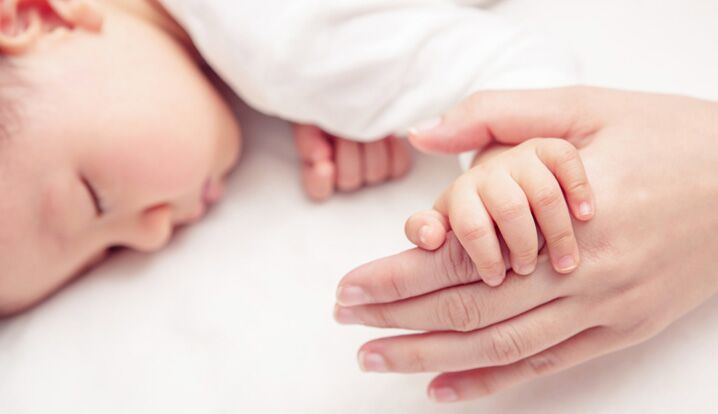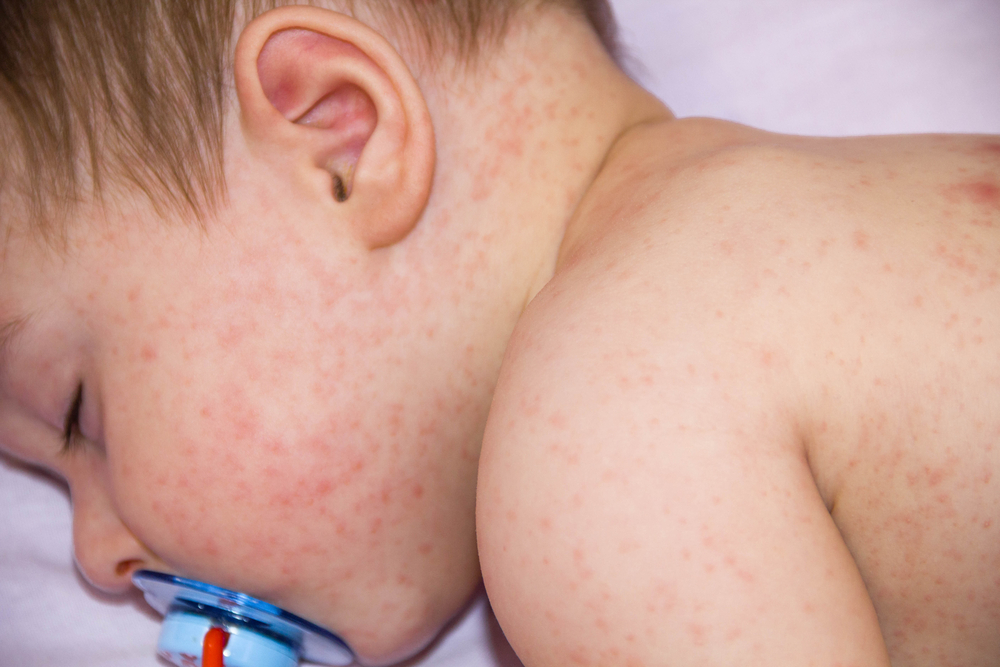After Delivery
Postpartum OCD: diagnosis and symptoms

Have you ever heard of moms experiencing some extreme behavior with their newborns, picturing their babies in dangerous and unrealistic situations? And having difficulties to deal with them normally without the extreme fear of hurting them in any way!
Yes, all of this could happen to some moms after they give birth to their babies and it is a condition called Postpartum Obsessive-Compulsive Disorder.
This disorder is a known type of OCDs that arises during pregnancy or in mothers who already suffer from an OCD that later started to take on a new form in relation to the new baby.
It consists of experiencing intrusive thoughts and behaviors in relation to any perceived danger towards the newborn, they happen continuously and cannot be controlled. Many mothers describe them as “taking over their lives”.
It can also be very severe and disrupt their daily lives, for example when they thinkabout nursing, the only thought that comes in mind is “ “nursing my baby will make him/her choke”, it can be very dangerous not only for the mother but for the baby as well.
Even though this condition is rare, it is possible to occur to fathers as well! Some examples of intrusive obsessive thoughts:
-
Unwanted images of hurting the baby such as dropping or throwing him/her
-
Concerns about accidentally causing the baby harm through carelessness
-
Intrusive and unwanted thoughts of suffocating or stabbing the baby
-
Unwanted and disturbing thoughts of sexually abusing the baby
-
Scared of making poor decisions that will cause the baby harm or death
-
Fear that the baby will develop a serious disease
-
Fear of exposing the baby to toxins and chemicals and other environmental pollutants
Some examples of compulsions mothers execute to “protect” the baby:
-
Getting rid of sharp objects such as knives or scissors
-
Not feeding the baby out of fear of poisoning or choking him/her
-
Not changing diapers out of fear of sexually abusing the baby
-
Not consuming certain foods or medications out of fear of harming the baby
-
Deliberately avoiding watching or reading the news when it involves child abuse
-
Continuously monitoring self when it comes to possible inappropriate sexual thoughts
-
Obsessively checking the baby while he/she sleeps
-
Asking family members for reassurance that the baby has not been harmed or abused
-
Going over the day’s events mentally to ensure that nothing bad has happened to the baby
The good news is that it can be treated! Both therapy and medications are very successful.
An important component of therapy is challenging the intrusive thoughts part, by looking for evidence for and against the ideas that come up and practice exposure and response prevention (ERP).
For example, when the obsessive thought is that the baby will drown when being bathed, The EPR for this mother would be to practice bathing the baby to find that giving her baby a bath can be safe.
Involving the partner in the treatment is very important to provide the mother with all the support that she needs.














